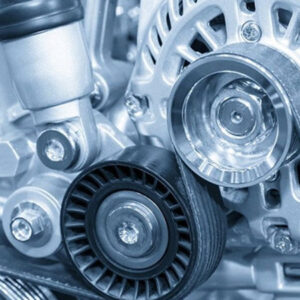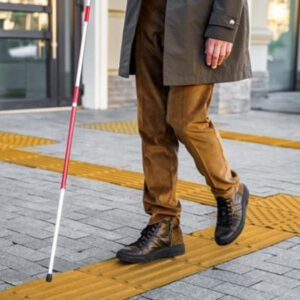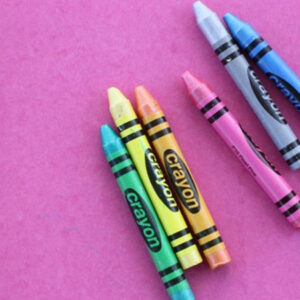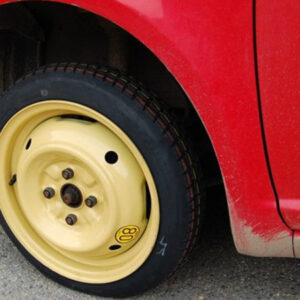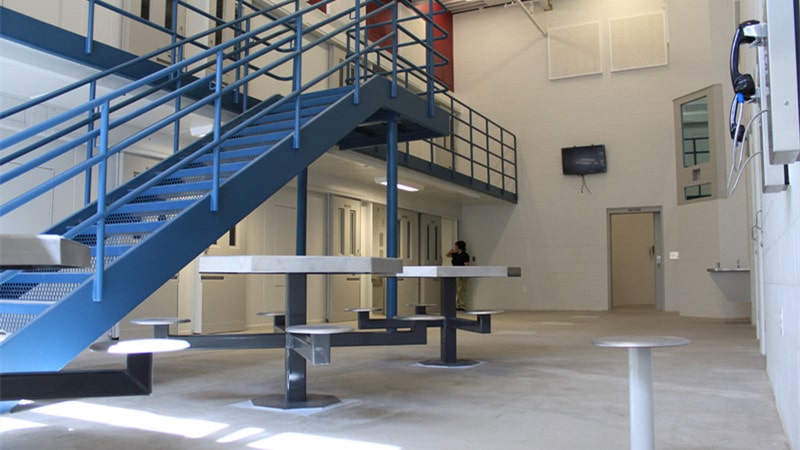
The safety and security of correctional facilities is paramount, as they are home to some of the most dangerous individuals in society. To keep these facilities safe and secure, various strategies must be employed. This includes everything from physical security measures to personnel training initiatives. Here are some of the most effective ways to keep correctional facilities secure.
Using the Right Kind of Furniture
Installing the right kind of prison furnishings is essential for safety and security. Furniture should be designed with safety in mind, such as tables bolted to the floor so they cannot be used as weapons or broken apart. In addition, storage cabinets can also be securely locked to prevent inmates from accessing potentially dangerous items.
In prison, furniture should also be designed to withstand the wear and tear of daily use without compromising its integrity. Durable materials such as steel or heavy-duty plastic ensure that prisoners cannot break or damage furniture and use the parts as weapons against staff and other inmates.
Adequate Security Personnel
Having adequate security personnel is a key part of keeping correctional facilities secure. This includes having enough officers on duty at all times to respond quickly to any potential threats and handle disturbances if they occur. The staff must also be trained in effective techniques for de-escalating potentially volatile situations and ensuring safety precautions are taken when necessary.
Correctional facilities should also employ technology such as CCTV surveillance cameras to allow officers to monitor all facility areas, including cells, common areas, and outdoor spaces. This ensures staff responds quickly to any suspicious activity or threats posed by inmates.
Adequate Health Services
Providing prisoners with adequate health services is another important factor in keeping correctional facilities secure. Access to physical and mental health treatment can prevent inmates from engaging in dangerous behaviors due to untreated medical issues or mental illness.
An emergency response plan should also be in place in a medical emergency. This includes having staff trained in CPR and other lifesaving techniques. This ensures prisoners receive the medical attention they need on time.
Proper Training of Security Personnel
Security personnel must be adequately trained to maintain a safe and secure environment in correctional facilities. This includes training in relevant laws, regulations, and safety protocols.
Officers should also receive specialized training to safely handle potentially dangerous inmates or situations. This could include de-escalation techniques for handling volatile people and self-defense techniques. Training should also include proper use of force and when it is appropriate to use restraints on unruly inmates.
Regular Facility Inspections
Finally, regular inspections of correctional facilities should be conducted to ensure they meet safety and security standards. This could include inspecting furniture for damage or wear and tear and checking that locks on storage cabinets and cells are working properly.
In addition, any new technology or equipment used in the facility should be inspected regularly to ensure it is functioning properly and not posing a risk to staff or inmates. Regular inspections can identify potential issues before they become major problems, helping maintain correctional facilities’ safety and security.
Keeping correctional facilities safe and secure is essential for protecting inmates, staff, and the community. This includes providing furniture designed with safety in mind, having adequate security personnel, offering proper health services to inmates, training security personnel in relevant laws and protocols, and conducting regular facility inspections. Taking these measures ensures a safe environment for everyone involved.

